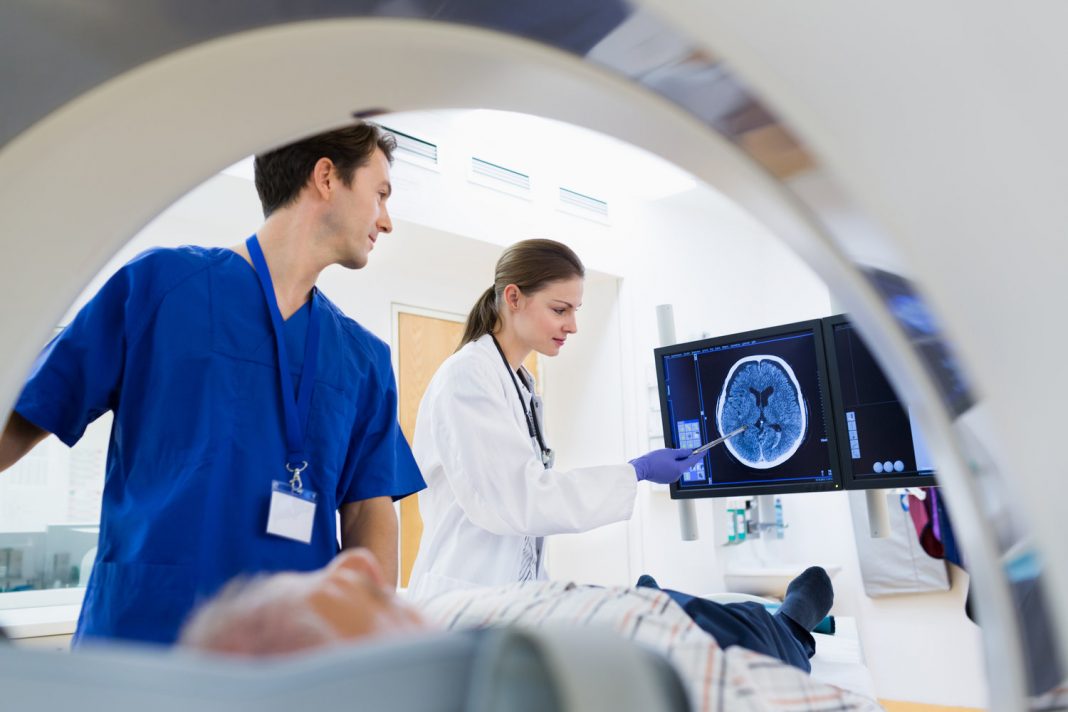Various technological inventions have made a huge mark in the field of radiology. Radiology or radiology is an innovative technology to diagnose diseases. Radiography includes the generation of pictures of inside organs and structures by passing a minor, exceedingly regulated measure of radiation through the human figure, and capture images with the help of a picture recording mechanism. At the point when x-flashes infiltrate the figure, they are consumed in fluctuating sums by diverse parts of the life structures. Bones, for instance, will assimilate a great part of the radiation and, consequently, show up white or light ash on the picture. And delicate tissue ingests small radiation and becomes dull.
Technology Behind Radiology
Radiological technological innovation is the development of pictures of bodily human body parts and components by passing a small, highly managed amount of radiation through one’s whole body, and capturing the resulting image on a picture documenting device.
When x-rays go through one’s the human body, they are consumed in different amounts by different parts of the structure. Bone fragments, for example, will process much of the radiation and, therefore, appear white or light grayish in the picture, whereas soft tissue takes up little radiation and appears dark. Comparisons agents are sometimes used to improve certain human body parts and components that otherwise are not imagined on a radiographic picture. The revealed picture dish is either placed in a creating machine, generating pictures much like the disadvantages from a 35-mm camera, or is electronically taken and saved on a computer. The field of radiology technological innovation also includes healing techniques. It is used in the recognition, analysis, and treatment of injury and disease.
New Radiology Technological Innovation
Conventional Radiography contains the primary x-ray exams like chest area x-rays. This opportunity uses x-rays to picture a certain structure of attention that is requested by the physician/s. Whereas Ultrasound, which is also known as ultrasonography, is a non-invasive process that uses audio to picture a particular place.
The image(s) can be easily seen through a TV or computer and determining the results may be made instantly. If the individual demands for a printed duplicate, it is also possible by publishing using a unique document (heat-sensitive). Magnetic Resonance Picture (MRI) is a radiographic technique that uses super magnets instead of normal x-rays. Generally, this process is very beneficial with regard to smooth cell research. Nuclear Medication is a particular place in radiology which presents managed radioactive content to the individual, who later produces gamma rays (instead of x-rays).
The gamma rays produced by sufferers are grabbed by a unique detecting system and show the picture on a display. This place is useful for the dedication of the level of melanoma metastasis to the body system.
Bottom Line
Computerized Tomography (CT) Check out is an x-ray evaluation, somewhat just like standard x-ray exams because it also uses x-rays to picture the place of anatomic attention. But this place is beneficial for particular research because it provides a cross-sectional perspective of the structure. Mammography is radiographic research of the breasts. Hence it is true that Innovative Technology to diagnose diseases through the latest technology Radiology is a very big invention.
